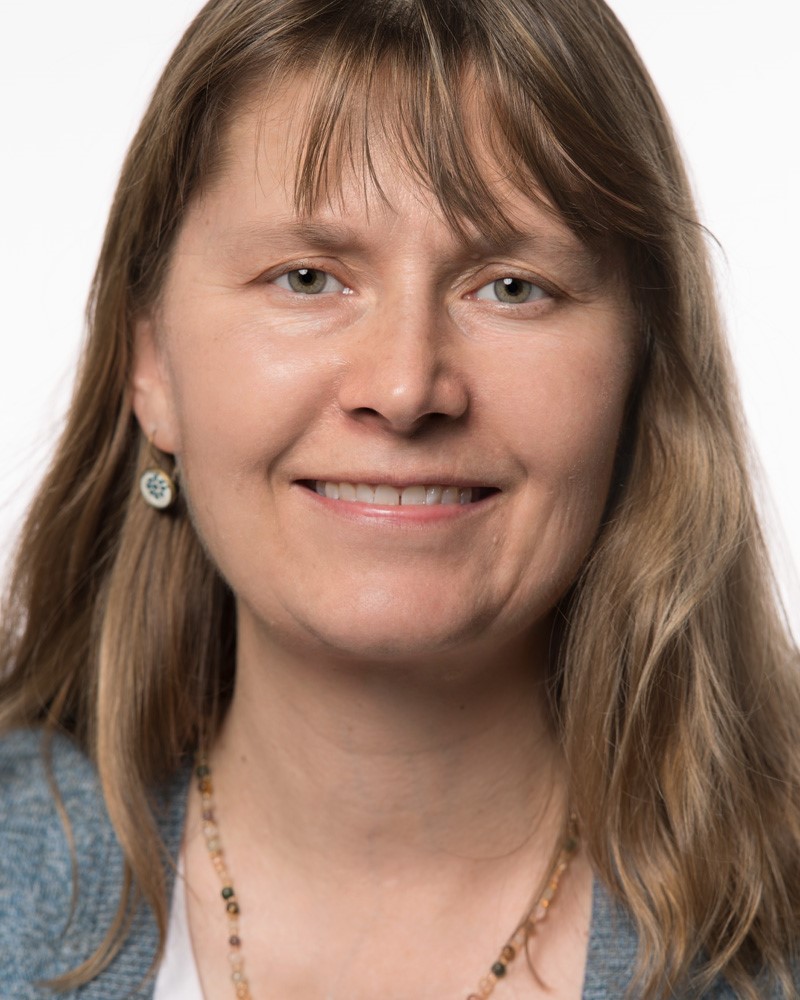Topic: How to Spot a Supernova from Deep Underground
Stellar core collapses create enormous bursts of tens-of-MeV neutrinos on a timescale of a few tens of seconds after collapse and preceding optical fireworks by hours or days. These neutrinos can be observed in underground neutrino detectors worldwide. The neutrinos themselves carry directional information that can be exploited in order to determine the position of the supernova (or of the compact remnant, in the case of failed explosion) on the sky. I will give an overview of methods for low-latency pointing to core-collapse events with neutrino detectors.

Speaker: Kate Scholberg of Duke University
Prof. Scholberg's broad research interests include experimental elementary particle physics, astrophysics and cosmology. Her main specific interests are in neutrino physics. She has long-term involvement in Super-Kamiokande in Japan and the T2K ("Tokai to Kamioka") high-intensity beam experiment that sends neutrinos 300 km from an accelerator at the J-PARC facility in Japan to Super-K. She is a member of DUNE (Deep Underground Neutrino Experiment), the next-generation U.S.-based international experiment designed to observe neutrinos beamed from Fermilab to a large liquid argon detector at an underground facility in South Dakota. One of Prof. Scholberg's particular interests on DUNE is the detector's sensitivity to the huge bursts of neutrinos from core-collapse supernovae.
Prof. Scholberg serves as spokesperson of COHERENT, a multi-detector experiment with the primary physics goal of measuring CEvNS (Coherent Elastic Neutrino Nucleus Scattering) using the high-quality, high-intensity neutrinos produced by the Spallation Neutron Source at Oak Ridge National Laboratory in Tennessee. CEvNS is the interaction of a neutrino with an entire nucleus, resulting in a very tiny nuclear recoil. CEvNS was measured for the first time by the collaboration in 2017. COHERENT is currently engaged in multiple measurements of CEvNS on different nuclear targets, as well as a broad program of neutrino interaction measurements and beyond-the-standard-model physics searches.
Prof. Scholberg was a co-founder of SNEWS, the SuperNova Early Warning System, an inter-experiment collaboration of detectors with Galactic supernova sensitivity. Neutrinos from a core collapse will precede the photon signal by hours; therefore coincident observation of a burst in several neutrino detectors will be a robust early warning of a visible supernova. The goals of SNEWS are to provide the astronomical community with a prompt alert of a Galactic core collapse, as well as to optimize global sensitivity to supernova neutrino physics.
You may register for this Deeper Talks (here).

